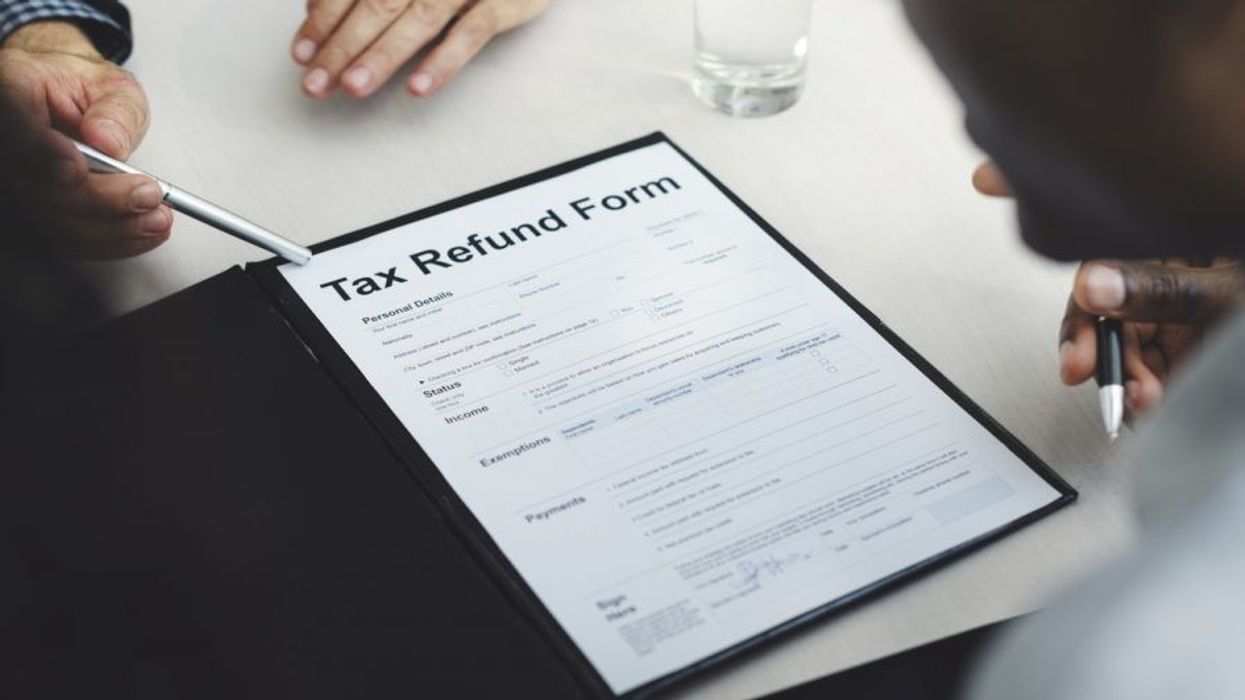The decision to buy a new or pre-construction home has its obvious benefits: the ability to select your finishes, the guarantee of modern stainless steel appliances, open floor plans and flexible deposit structures are just a few that spring to mind.
Yet, while buying new will help you stay clear of issues that commonly plague older properties (think wiring that’s not up to code), it also has its fair share of complications — especially when it comes to closing costs.
Unlike those buying resale homes, new and pre-construction purchasers are subject to paying a portion of Harmonized Sales Tax and having to traverse the confusing rules around the HST rebate.
For those looking to grasp how the HST rebate functions, here is a list of important facts around the rebate by TheRedPin Brokerage, as well as common pitfalls that lead many Torontonians to lose out on the rebate money and get stuck having to pay thousands extra in closing costs.
Just a note, this is purely an informational article and doesn’t constitute as formal legal advice. In all matters legal and tax related, consulting with your lawyer is always a must.
The HST rebate isn’t strictly for just pre-construction and new home buyers
Whether you’ve purchased a pre-construction condo in Liberty Village as an investment or closed the deal on a newly built detached house out in the suburbs, you’re eligible to receive the same HST rebate amount.
However, what far fewer people may be aware of is the fact that, under certain conditions, you’re eligible to receive the HST rebate when undergoing extensive renovations.
If you match any of the following criteria, you are able to claim the HST rebate:
• Acquired a pre-construction condominium or low-rise home from a real estate developer
• Purchased a new abode that has not previously been occupied by another resident
• Renovated over 90 per cent of your property
• Developed a home yourself, or commissioned a builder to create a new home on your behalf
• Rebuilt a previously destroyed or extensively damaged home
It makes a huge difference whether you’re an end user or investor
Arguably the most important fact is that there are two types of HST rebates:
• The New Home Rebate for buyers of new homes who are end users and will actually live in the property
• The New Residential Rental Property Rebate, catered to investors who will lease the new home as a means to produce monthly earnings
It’s important to note that applying for the incorrect rebate can mean losing out on the tax reimbursement (a minimum of $24,000).
Two years is the cut-off point
Buyers who have invested in a new home don’t have to apply for the New Residential Rental Property Rebate right at the time of purchase.
In fact, there’s a two-year window from the time of final closing. So, as long as all your paperwork is in order (and you have proof the new property was rented off for the first 12 months) the tax savings haven’t necessarily slipped through your fingers.
It’s important to note however, two years is the cut-off point and afterwards, you’re no longer eligible for the rebate. In general, the best piece of advice is to not delay and file for the rebate as soon as possible.
The rebate amount changes depending on the new home’s price
The HST rebate isn’t one-size fits all. The dollar amount you get back does vary depending on the property’s value.
For a Torontonian who purchased a newly built or pre-construction home for $350,000 or cheaper, the maximum rebate is $30,000. When a home is around $350,000 to $450,000, a sliding scale applies, and finally, for homes over $450,000 — the largest amount in taxes you can get back is $24,000.





















